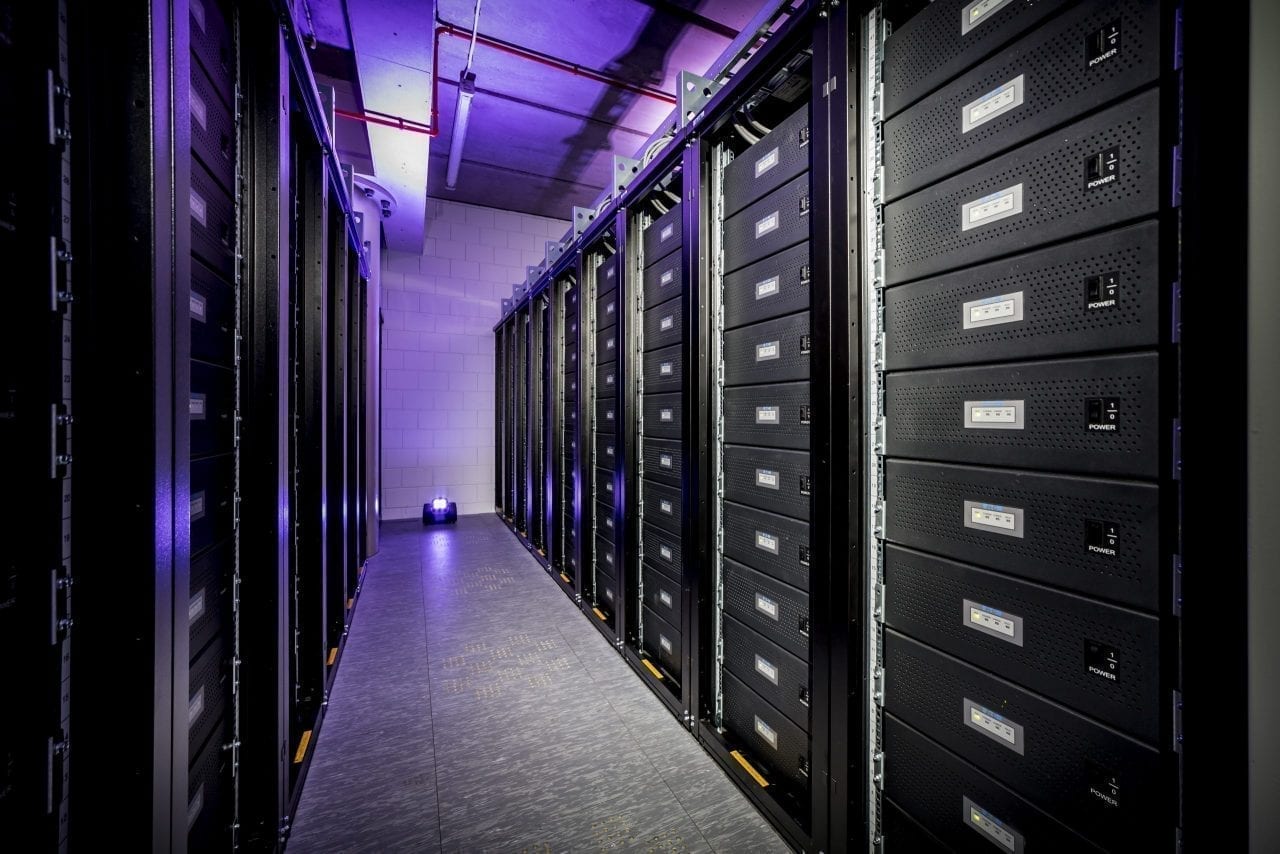The POWER Interview: Enhancing the Safety of Energy Storage
The post The POWER Interview: Enhancing the Safety of Energy Storage appeared first on POWER Magazine.

Energy storage is having a transformative impact on the power sector. Storage solutions are enabling growth in several areas, including electric vehicles, and are supporting technologies such as solar and wind power, being paired with installations to capture and supply even more energy from renewables.
Storage is recognized as a key player in the fight against climate change, as yet another way to supply power without carbon emissions. The ability to have electricity available on demand, in support of the grid, is touted a way to make power more reliable and resilient.
Ever-larger battery energy storage systems, and the use of storage technologies in residential and commercial and industrial settings, has heightened the focus on safety. Companies and organizations involved with energy storage are working in many areas, undertaking initiatives including training, standards development, and research so that users of storage resources can be confident their systems are safe and secure.
These systems increasingly provide essential functionality for electrical infrastructure. Though several battery technologies are being utilized, lithium-ion batteries are becoming increasingly common in today's mission-critical environments, whether embedded within uninterruptible power systems (UPS), emergency power systems or distributed energy installations, according to Ed Spears, product marketing manager for Eaton's Critical Power Solutions in Raleigh, North Carolina. Spears has nearly 40 years of power systems' experience, and in his current role supports customers' energy resiliency needs. He specializes in all things uninterruptible power-from systems testing to sales, application engineering and training.
Spears in his career has held multiple positions focused on power quality engineering and marketing for the telecommunication, data center, cable television, and broadband public network industries. In a recent interview, he provided POWER with insight into how the growth of the energy storage sector is tied to the safety of batteries and storage systems, noting that as energy storage technology evolves, so do the codes and standards for safe application and guidelines for system testing.
 Ed Spears
Ed SpearsPOWER: What do you see as the critical codes and standards for energy storage?
Spears: Several electrical industry organizations currently offer guidelines and best practices for the installation and testing of battery energy storage technology. The most recent code developments for energy storage systems include:
NFPA 855: Standard for the Installation of Energy Storage Systems
UL 9540A: A test method for fire safety hazards associated with propagating thermal runaway within battery systems.
Although similar safety guidelines for energy storage systems have been in place for many years, the mandatory adoption of National Fire Protection Association (NFPA) and UL testing guidelines depends on where the energy storage system is applied and the version of the National Electrical Code (NEC) and International Fire Code (IFC) that is applied in the jurisdiction. This lack of consistency has created confusion. How can you be sure that your battery energy storage system is installed correctly and will operate safely for years to come?
There is an entire ecosystem of working components that are part of energy storage systems, and each one has a role to play in enhancing the safety of the overall system. These components have long been required by NFPA codes and include unique certification criteria for circuit protection devices, inverters, battery management systems and more. I believe the testing methodology outlined by UL 9540A should be considered in line with the NFPA 855 guidelines to ensure the long-term safety of battery energy storage systems.
 While battery technology continues to evolve, codes and standards for safe application are also changing and new guidelines for testing are being introduced. Staying informed on new standards and testing guidelines is critical. Courtesy: Eaton
While battery technology continues to evolve, codes and standards for safe application are also changing and new guidelines for testing are being introduced. Staying informed on new standards and testing guidelines is critical. Courtesy: Eaton POWER: Why is the UL 9540A testing process important? How does it work?
Spears: Although codes and standards vary by region, I believe it is important for everyone to understand the testing process UL recommends for safe energy storage installation and operation. A thorough understanding of this process will help you provide your local authorities, insurance providers and fire mitigation professionals with the information they need to quickly assess the safety of your installed battery energy storage system.
The UL 9540A test method was developed to evaluate the potential for thermal runaway fire propagation, should it occur during the life of the system. Test result documentation allows the Authority Having Jurisdiction (AHJ) to address key issues identified by building codes and the fire service, including:
Proper Battery Energy Storage System (BESS) installation
Compliance with installation ventilation requirements
Effectiveness of fire protection (integral or external)
Applied fire service strategy and tactics
Here's a high-level look into the how the testing process works:
1. Cell level test: Whether the battery cell itself can exhibit thermal runaway and if the connected battery management system (BMS) can take appropriate action to mitigate the problem
2. Module level test: Determining the propensity for propagation of thermal runaway and effectiveness of BMS control systems
3. Unit level test: Evaluation of fire spread should a thermal event occur
4. Installation level test: Effectiveness of physical fire protection systems
POWER: Do you have any recommendations on additional resources?
Spears: Energy storage is growing and has vast potential to transform how we produce and consume electrical energy. To support the growth of this transformative technology, it is essential that proper precautions be put into place to advance safety.
Understanding the codes and standards related to energy storage is a start, but many requirements vary by region. I recommend that you use the latest NFPA guidelines as a baseline when designing and installing battery energy storage systems, and find confidence in the thorough testing and reporting processes outlined by UL 9540A. Most importantly, we recommend consulting early and directly with local Authorities Having Jurisdiction (AHJ) during the conceptual or design stage of the energy storage system environment. If waivers or exceptions to the codes are applicable, the AHJ may have the final say. Direct consultation will provide the confidence upfront that the planned installation will be accepted and approved.
Battery safety is a critical factor to the technology's widespread adoption in the energy marketplace. A commitment to safety when it comes to the installation and operation of these systems will enable the energy transition with a more dynamic ecosystem capable of providing much more sustainable electricity than ever before.
POWER: Anything else you want to share about designing energy storage systems?
Spears: In my opinion, it is essential to recognize that the safety of energy storage doesn't start and end at the battery. There are layers of protection that support safe energy storage systems. Batteries are only one piece of this puzzle. There are a host of other components that have applicable codes designed to enhance the safety of the overall system. For example:
UL 489 circuit breakers provide overload (thermal) and short-circuit (magnetic) protection to a circuit and its downstream components like batteries.
UL 489B molded-case circuit breakers, molded-case switches and circuit breaker enclosures are certified for use with photovoltaic (PV) systems and DC applications.
UL 1741 storage inverters are certified to remain online and automatically adapt power output in real-time to stabilize the electric grid during periods of abnormal operation such as heat waves or brownouts.
UL 1998 and UL 1973 certified battery management systems provide confidence that the battery and related management systems support safety functions in the case of a failure.
Before designing or installing an energy storage system, it is critical to familiarize yourself with the code requirements beyond the physical battery system that help keep people and property safe. As with any electrical product, it is important to source this equipment from trusted suppliers who can provide evidence of third-party testing when possible.
-Darrell Proctor is associate editor for POWER (@POWERmagazine).
The post The POWER Interview: Enhancing the Safety of Energy Storage appeared first on POWER Magazine.